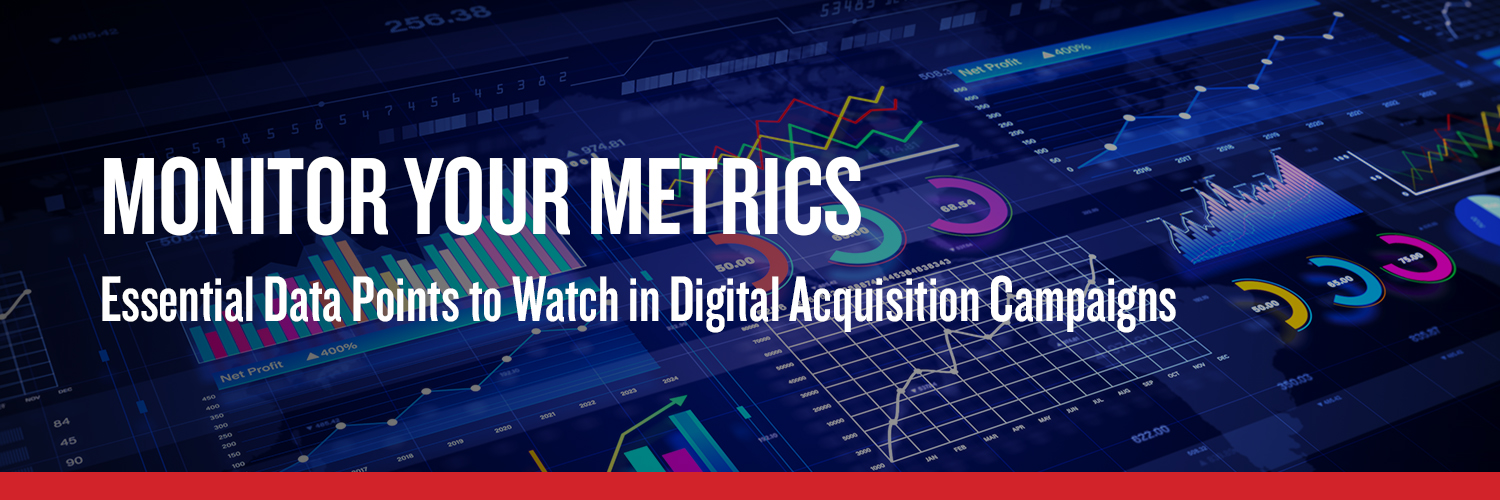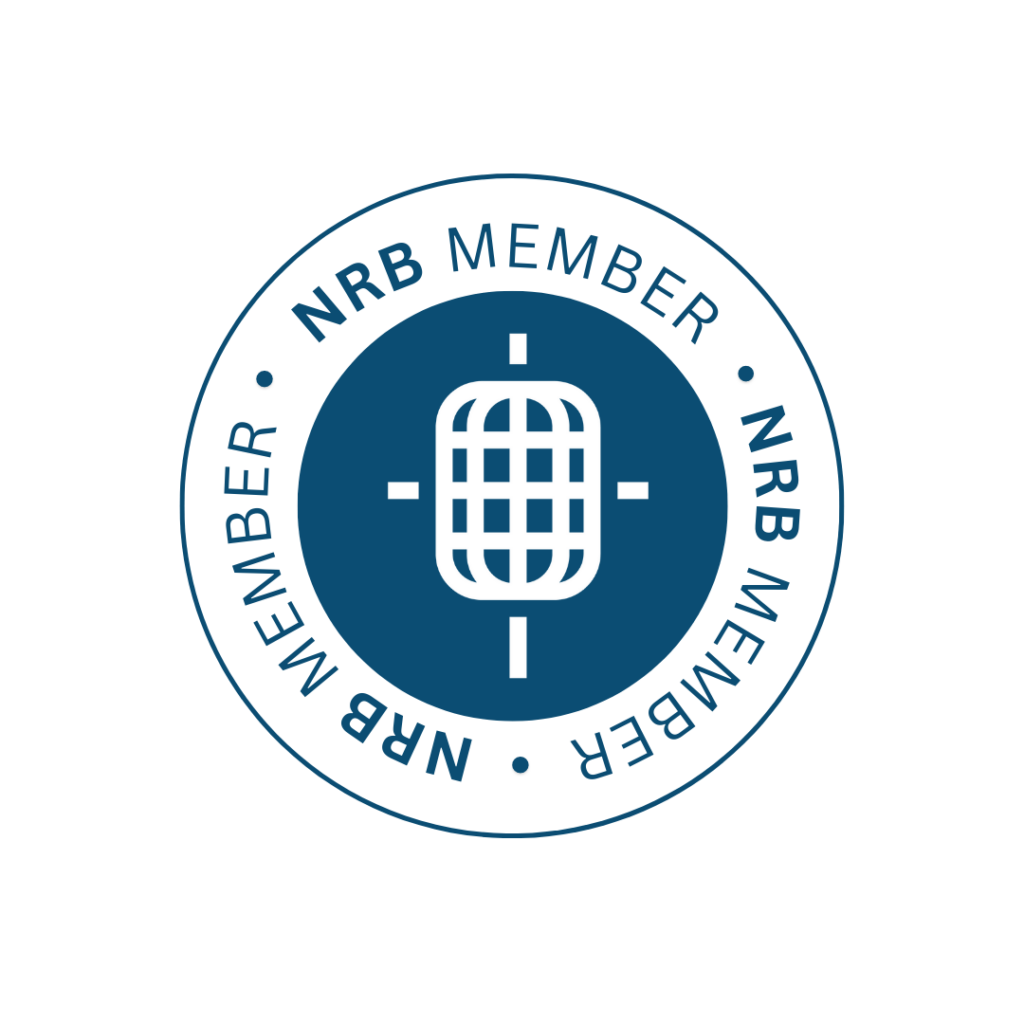Monitor Your Metrics
SENIOR VICE PRESIDENT OF DIGITAL SOLUTIONS
Tracking is one of the key elements to achieving success in a digital acquisition campaign. Whether you’re new to digital fundraising or have been running campaigns for years, proper tracking ensures you have real-time insights into the performance of your efforts, allowing you to optimize as needed.
Before launching your campaign, it’s essential to have tracking mechanisms in place. These mechanisms allow you to monitor the number of donations and the revenue associated with them. Without this step, you’re essentially flying blind.
The most common tracking tool for digital ad campaigns is a pixel. A pixel is a small piece of code placed on your website that tracks visitors who interact with your ads.
Different platforms (Meta, Google, Instagram, etc.) use their own version of the pixel, and while the setup might vary slightly for each, it’s well worth the time to ensure you have this done correctly before launching any ads. Proper tracking is crucial to understanding your campaign’s performance, allowing you to adjust in real-time and maximize your impact.
Once your ads are live, there are several key metrics to monitor to ensure your campaign is on track. Let’s break these down:
1. Cost per Conversion
What it means: A conversion is the action you’re hoping people will take—whether that’s making a donation, signing up for your email list, registering to volunteer, or attending an event. Cost per conversion tells you how much you’re paying to get someone to complete this action.
Why it’s important: This is your primary performance indicator. If you’re running a donation-driven campaign, your cost per conversion will help you understand the efficiency of your spend. If it’s too high, you may need to tweak your targeting, messaging, or creative to lower this cost and improve overall campaign performance.
Pro Tip: Test different ad variations to see which drives the lowest cost per conversion. A/B testing can help you identify what resonates most with your audience.
2. Average Gift
What it means: The average gift is the mean donation amount received from donors in your campaign.
Why it’s important: Tracking average gift size is crucial for understanding whether your campaign will meet its financial goals. If the average gift is lower than expected, you may need to adjust your messaging or focus on higher-value prospects.
Pro Tip: Include suggested donation amounts on your landing page to encourage donors to give at higher levels. Sometimes, a small nudge (e.g., “A gift of $50 helps provide . . .”) can significantly raise the average donation amount.
3. Return on Ad Spend (ROAS)
What it means: ROAS is the revenue generated from your campaign divided by the costs of running it. For donation campaigns, it’s how much money you’ve raised compared to what you’ve spent on ads.
Why it’s important: If your campaign is donation-driven in any way, the ROAS is really the best measure of whether you’re achieving success. It defines whether it’s really worth it to run these ads for your organization or if you need to adjust your strategies and tactics.
Pro Tip: In donor acquisition campaigns, your ROAS may be lower compared to a campaign purely focused on maximizing revenue. However, that’s okay—you’re investing in acquiring new donors who may give repeatedly in the future.
4. Cost per Impression (CPM)
What it means: CPM (Cost per Mille) refers to the cost for every 1,000 impressions (views) of your ad.
Why it’s important: This metric can give you a sense of how effectively you’re targeting your audience. If your CPM is high, it may indicate that your ad placement or audience targeting is too narrow or too competitive.
Pro Tip: CPM needs to be considered alongside other ad metrics like ROAS. If your cost per impression is high but you’re getting a large return, that may still be fine for your organization. It’s an early indicator of how your targeting is doing and, therefore, good to watch, but it’s not as definitive as some of the other metrics.









